On a beautiful and clear day in October, students, staff, and Medicine Keepers gathered at our peaceful place of medicine, ᏅᏩᏙᎯᏯᏛ ᏅᏬᏘᎢ in Adair County. Our objective was for the elders to show us how to make ᎦᎾᏥ ganatsi from scratch. ᎦᎾᏥ ganatsi is a traditional Cherokee food made from ᏐᎯ hickory nuts that is typically eaten in the fall and winter. The process of making a ᎦᎾᏥ ᎠᏍᏆᏞᏍᏗ “ganatsi ball” is arduous and time-consuming, and involves the use of a large wooden mortar and pestle, called a ᎧᏃᎾ kanon and ᎠᏍᏙᏍᏙᏗ asdosdodi (or ᎠᏓᎶ adalo) in Cherokee. We were very fortunate to have acquired these traditional culinary tools from Cherokee National Treasure, David Comingdeer. The ᎧᏃᎾ kanon is the “mortar,” and the ᎠᏍᏙᏍᏙᏗ asdosdodi or ᎠᏓᎶ adalo is the “pestle.”
Medicine Keeper Anna Sixkiller began by showing the students how to crack the nuts using a pounding stone. The students then worked to extract the large pieces of nut from the shells, and later pounded the pieces in the ᎧᏃᎾ kanon. They worked hard, and at the end of our time that day, they had made a nice-sized ᎦᎾᏥ ᎠᏍᏆᏞᏍᏗ ganatsi ball.
We also learned from the Elders about some plants growing in the area of our activity, and were fortunate to have a lesson by Medicine Keeper John Ross on ᎩᏔᏯ the wild cherry tree – a key ingredient in traditional cold and cough medicine.
Finally, our Elders were able to tour the tract of land and see the work of Secretary of Natural Resources staff to make the site accessible. They used our new UTV to allow the Elders to access the terminus of the trail that was established earlier throughout the year. This work to connect the students and Elders to the land is generously supported by the Indian Land Tenure Foundation. We look forward to continuing our work here as we carefully establish basic amenities that will enable more sustained land-based activities.
Later in November, we continued our survey work with the communities. We traveled to Kenwood and Marble City and again met with our friends and contacts there. We were able to conduct more surveys and we look forward to starting the next phase of the research project in the spring. This next phase will entail extended interviews to follow up with interested individuals and get a more in-depth understanding of gathering access in each area.
Also in November, we took the opportunity to gather together at the tribal complex so that students could learn to cook the ᎦᎾᏥ ᎠᏍᏆᏞᏍᏗ ganatsi ball they made in October. The Elders took care to describe our cooking activities in Cherokee, and we all learned some important concepts and phrases. The final product was delicious, and the company heartwarming. ᎢᏨᏯᎵᎮᎵᏤᎭ ᏂᎦᏓ – we are grateful to you all!
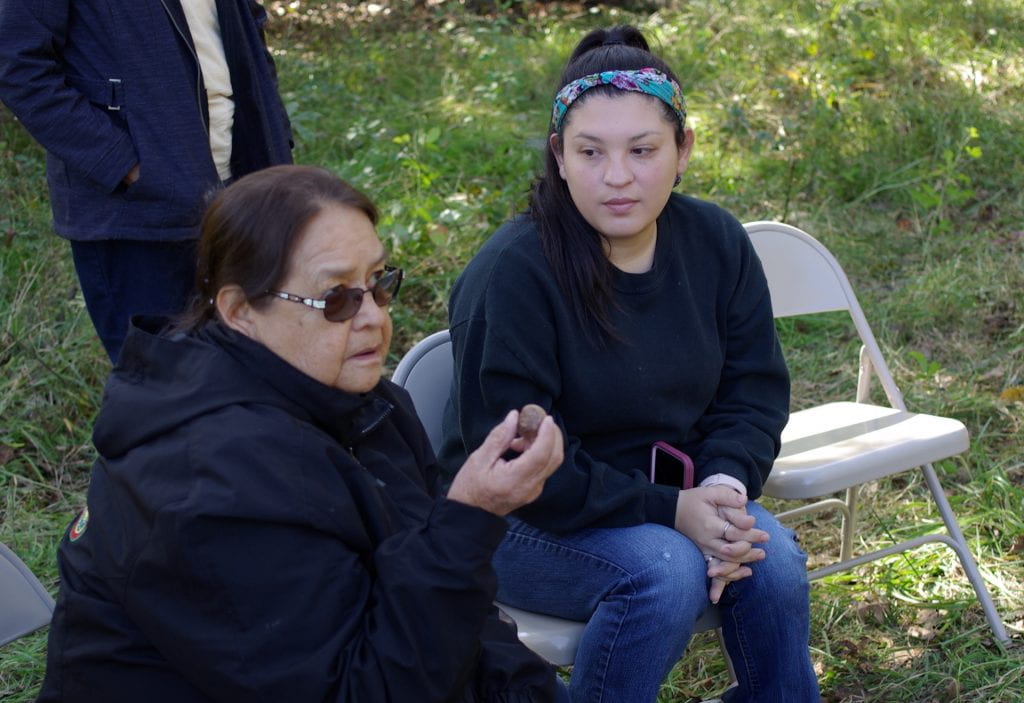
Elder Anna Sixkiller teaches about ᏐᎯ hickory nuts and how to make ᎦᎾᏥ ganatsi. Looking on is our newest CELP student, ᏪᎩ Ashley Dreadfulwater, who we welcomed to the program in September.
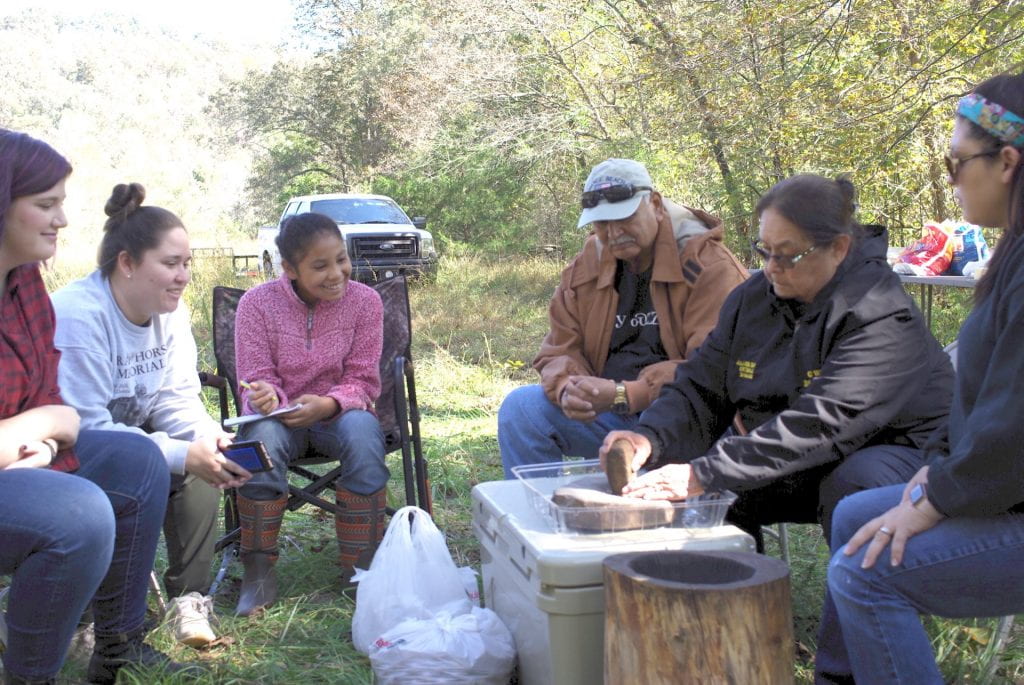
Anna demonstrates how to crack the nuts using a pounding rock.
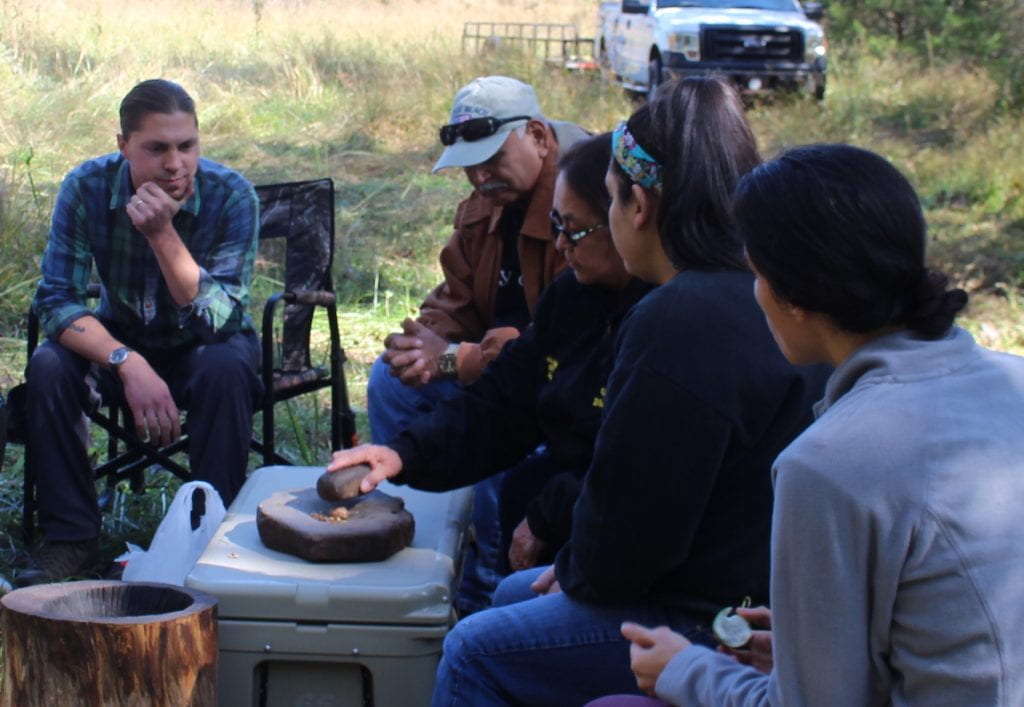
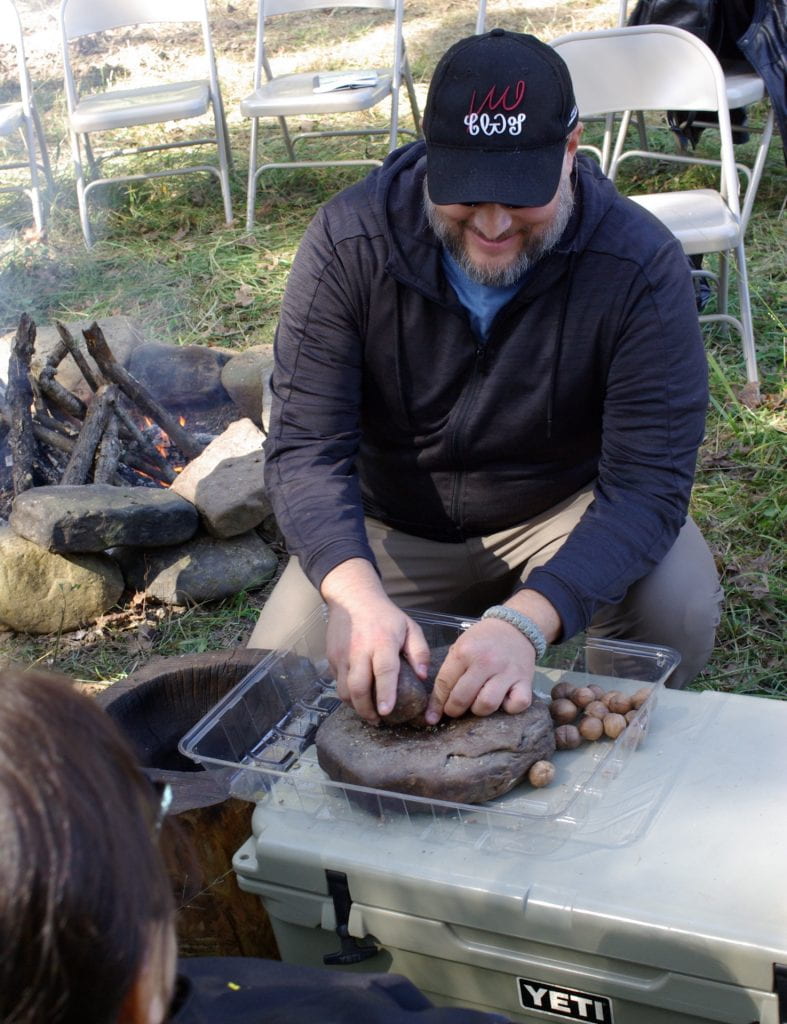
CELP student ᏧᎦᏔ Larry Carney.

CELP student ᎠᏓᎨ Kakiley Workman.
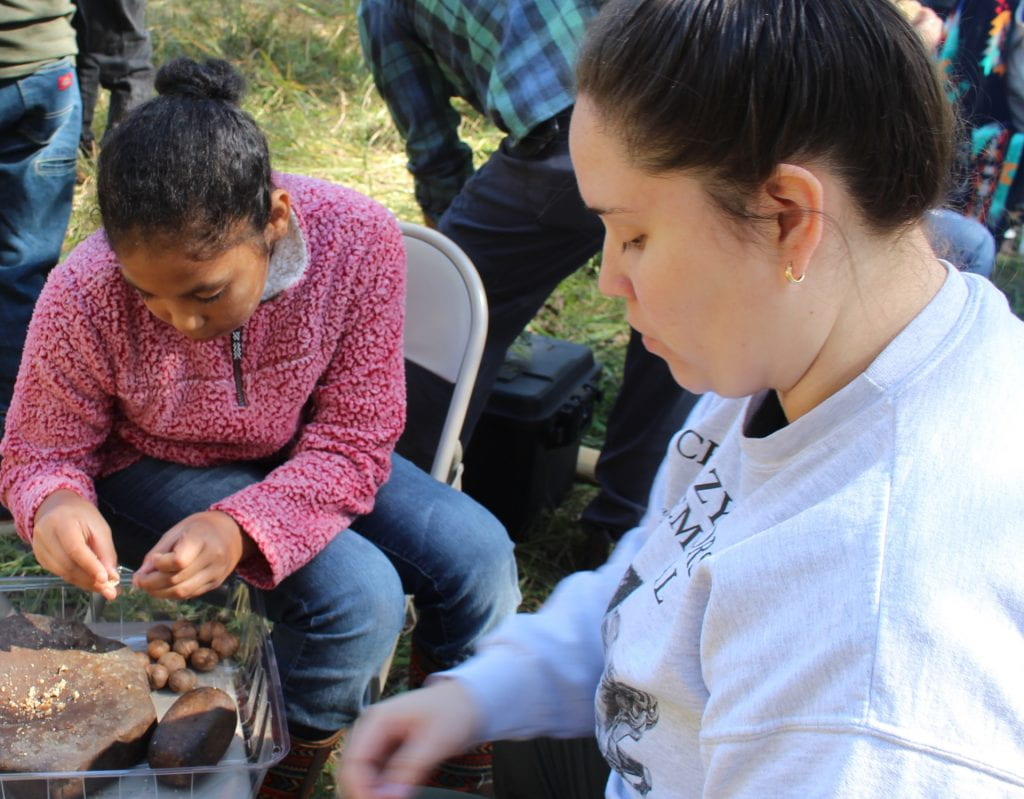
Junior CELP member Cherokee Davis and ᎠᏓᎨ Kakiley Workman.
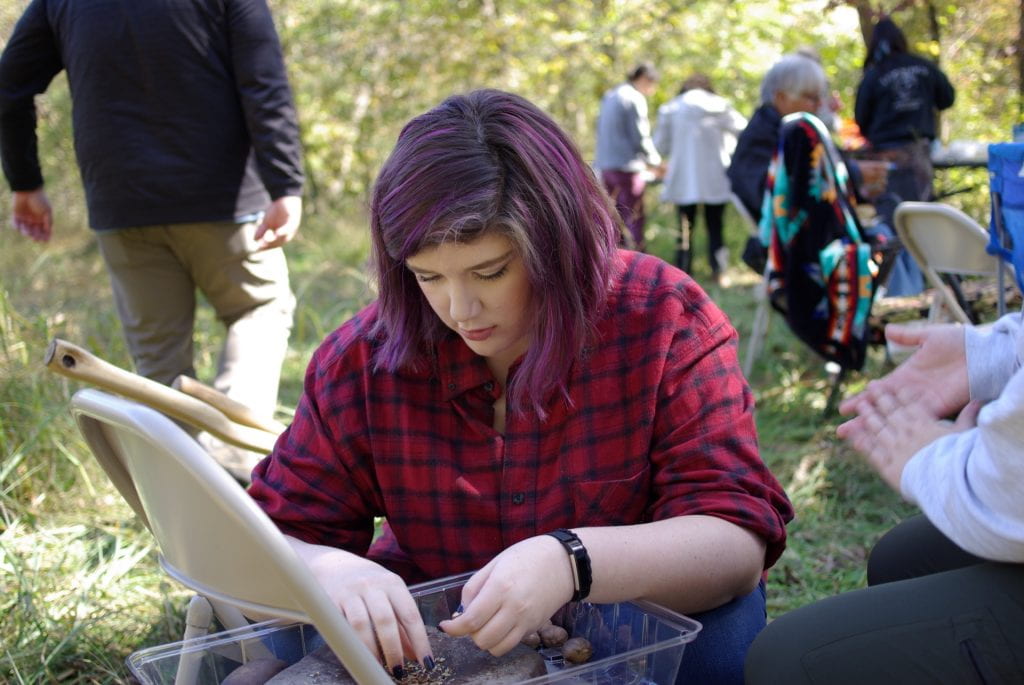
CELP student ᏃᏈᏏ Savannah Anderson.

The extracted ᏐᎯ hickory nuts in the ᎧᏃᎾ kanon, ready for pounding.

ᏃᏈᏏ Savannah pounds the nuts using the ᎠᏍᏙᏍᏙᏗ asdosdodi.

As the nuts are pounded, they release their natural oils.
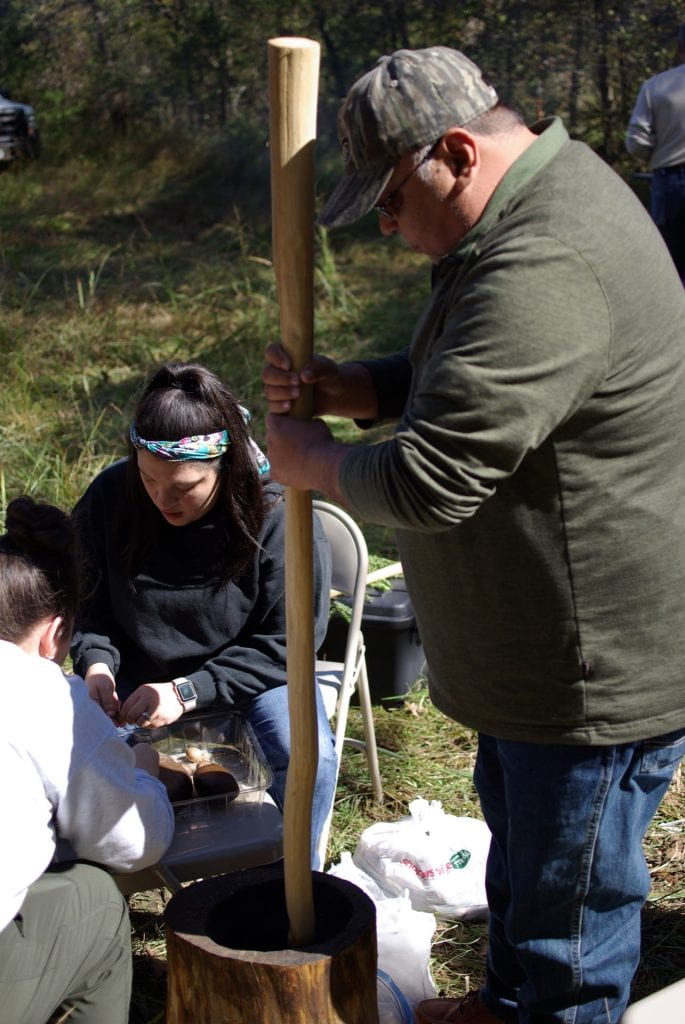
Medicine Keeper Gary Vann.
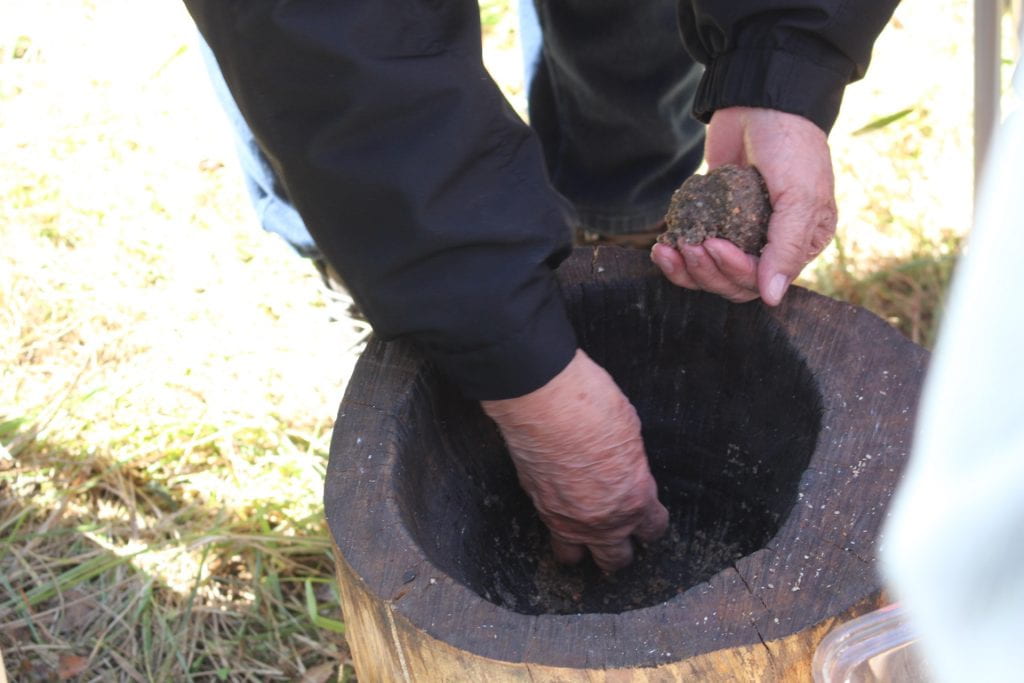
Anna Sixkiller scoops out the pounded nuts and forms a ᎦᎾᏥ ᎠᏍᏆᏞᏍᏗ ganatsi ball.
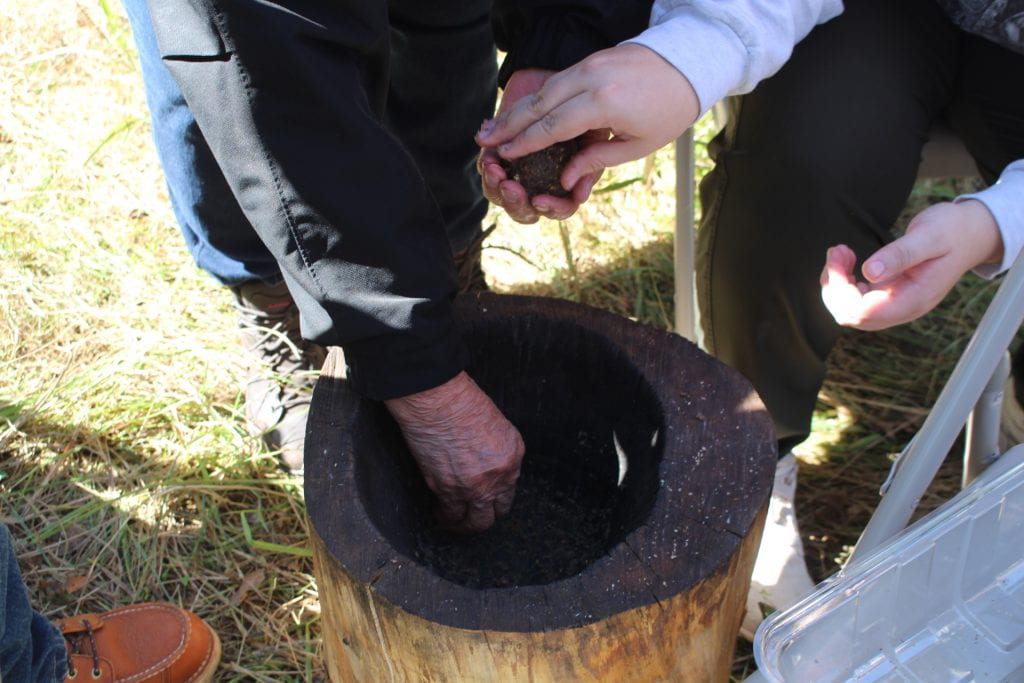

The finished ᎦᎾᏥ ᎠᏍᏆᏞᏍᏗ ganatsi ball, ready to be stored for future cooking.
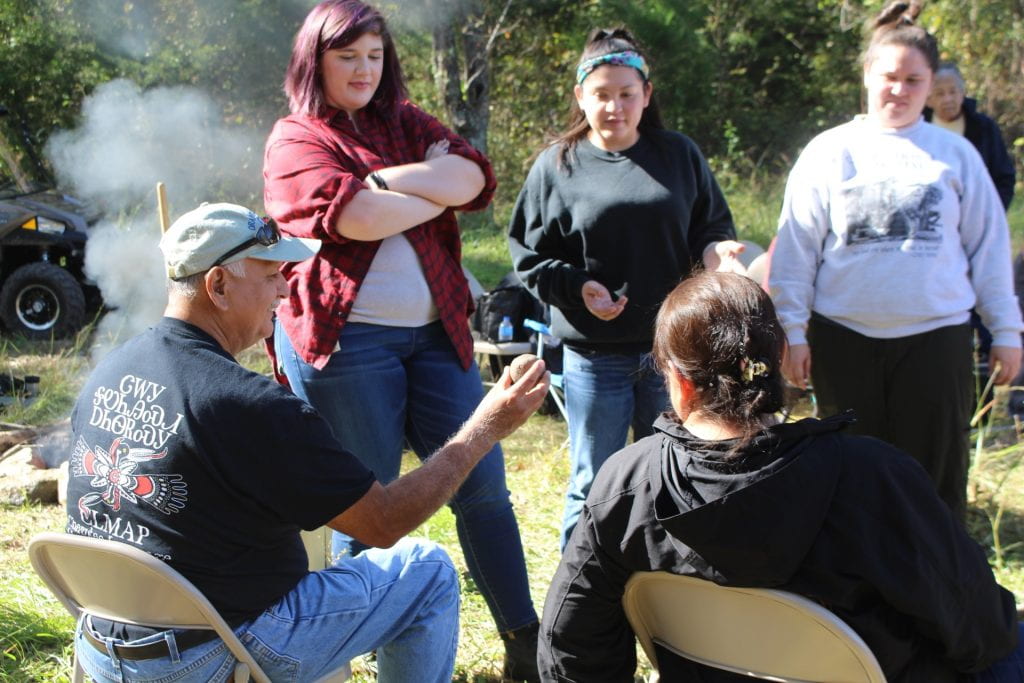
The Medicine Keepers were impressed with how fast the students worked.
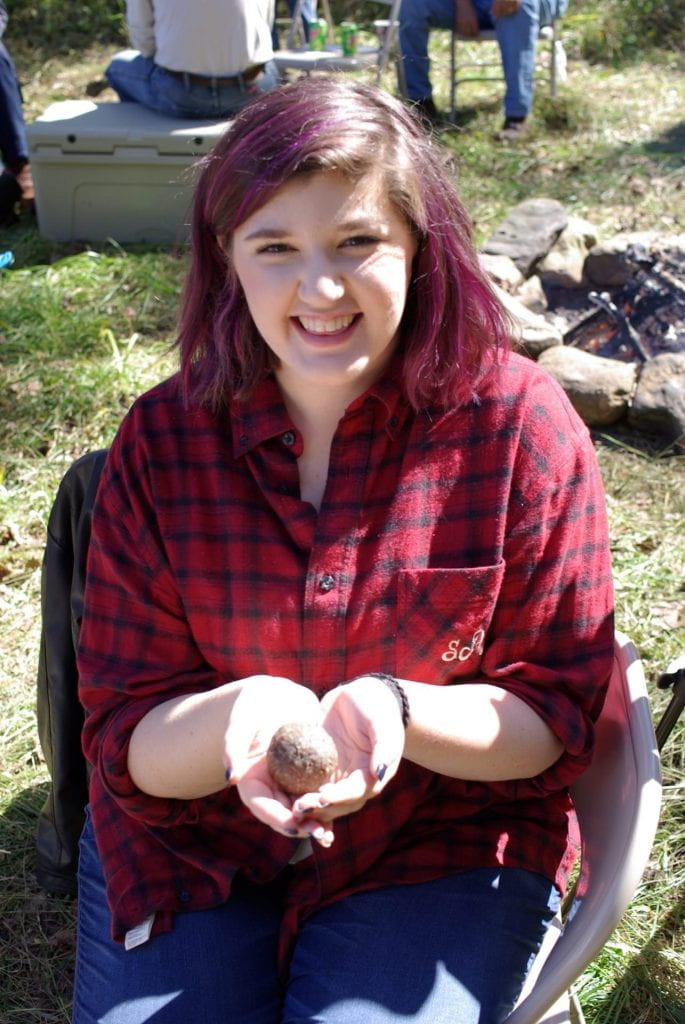
ᏃᏈᏏ Savannah Anderson.

Cherokee Davis and CELP student ᎪᎩ Summer Wilkie with the ᎦᎾᏥ ᎠᏍᏆᏞᏍᏗ ganatsi ball.
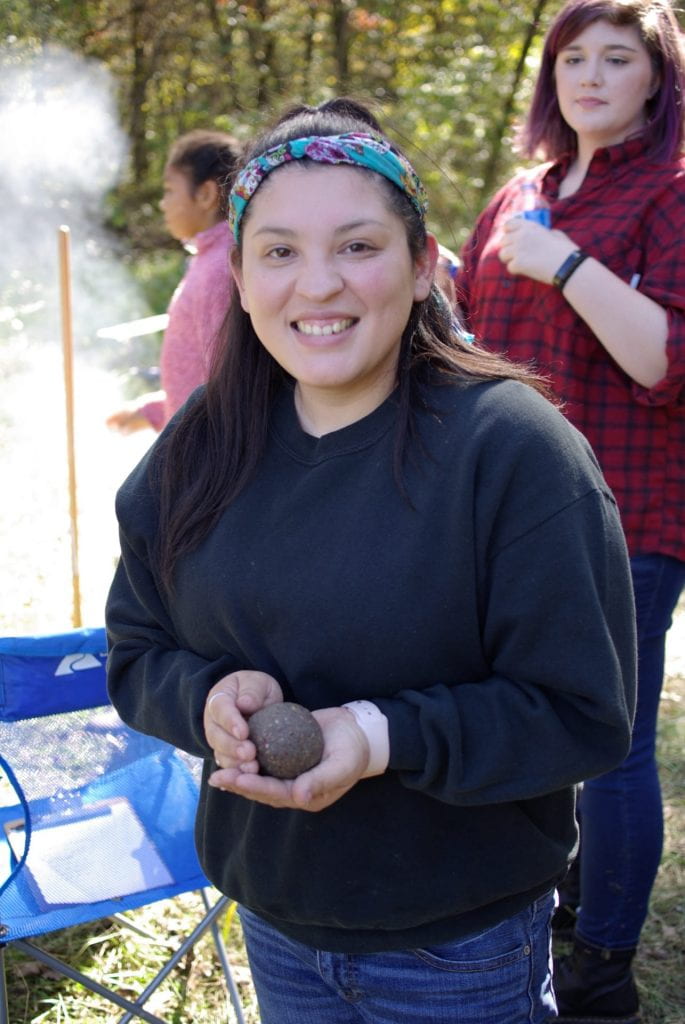
CELP student ᏪᎩ Ashley Dreadfulwater.
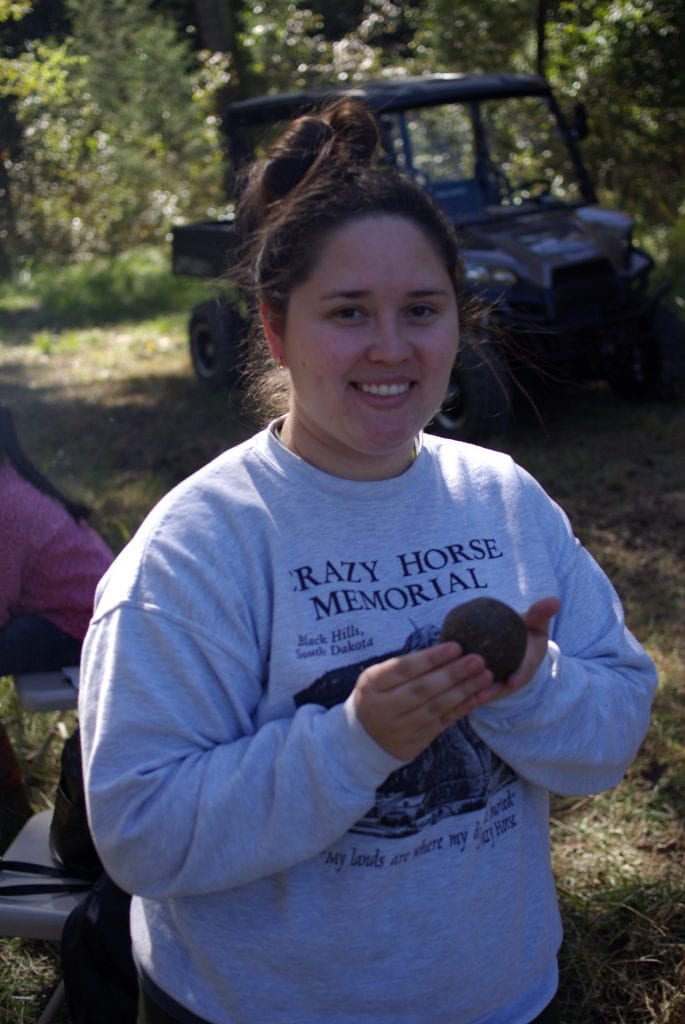
CELP student ᎠᏓᎨ Kakiley Workman.

CELP student ᏧᎦᏔ Larry Carney.
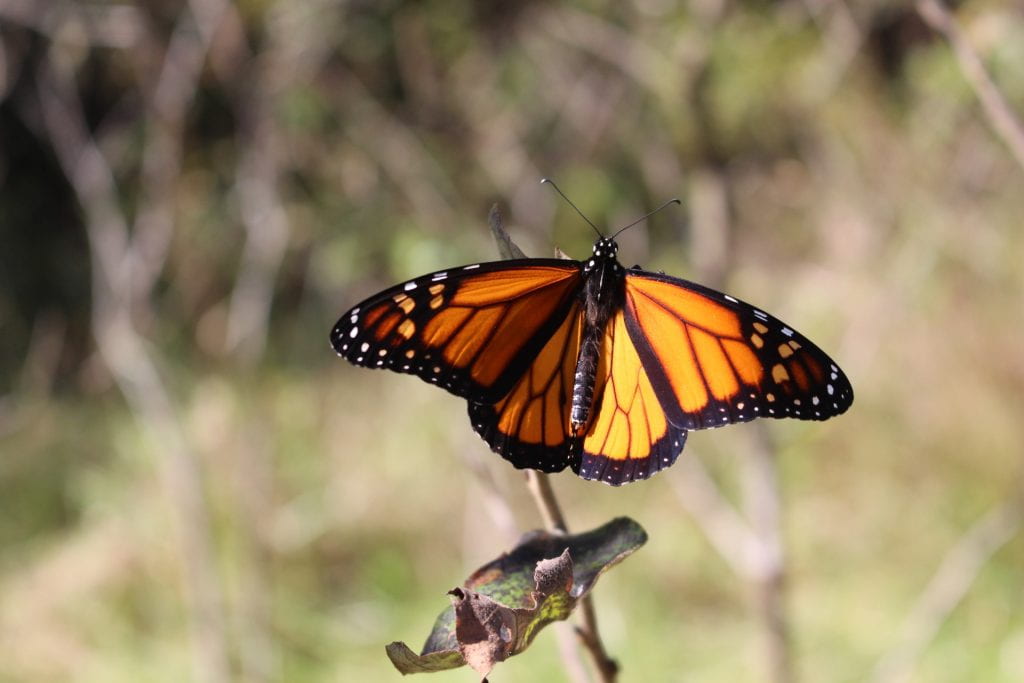
We were blessed with clear skies and visits from numerous monarch butterflies throughout the day.

Medicine Keeper ᎠᏧᏣ Gary Vann instructs ᎪᎩ how to dig the root of a medicine plant, ᏒᎾ Baldwin’s Ironweed.

ᏪᎩ and ᎪᎩ inspect the root of a ᏒᎾ, Baldwin’s Ironweed.
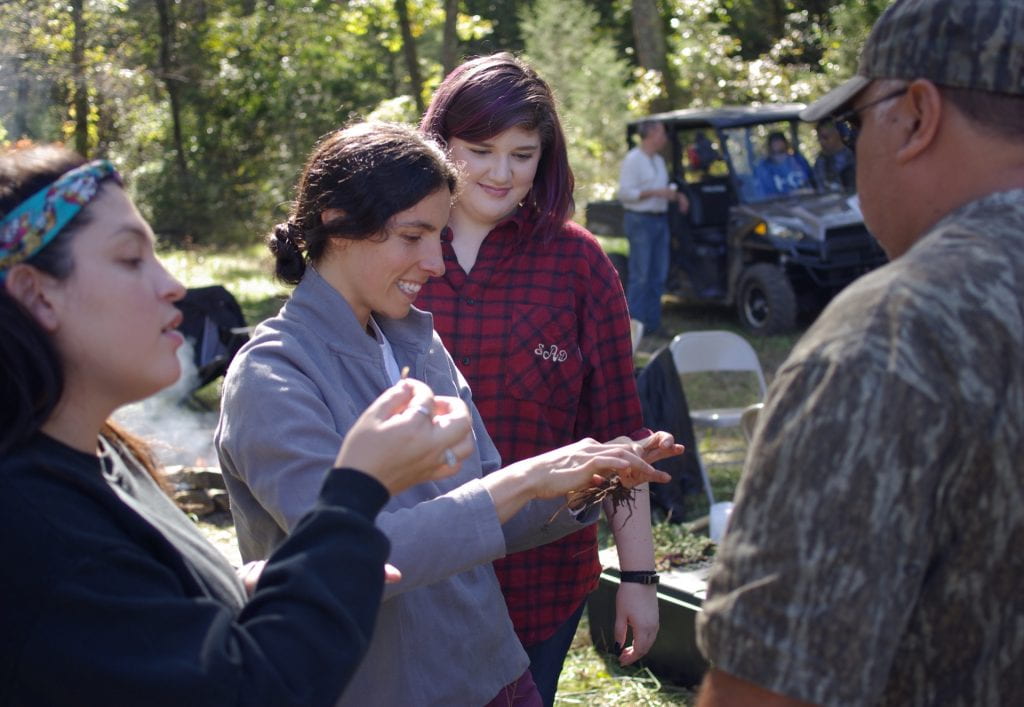
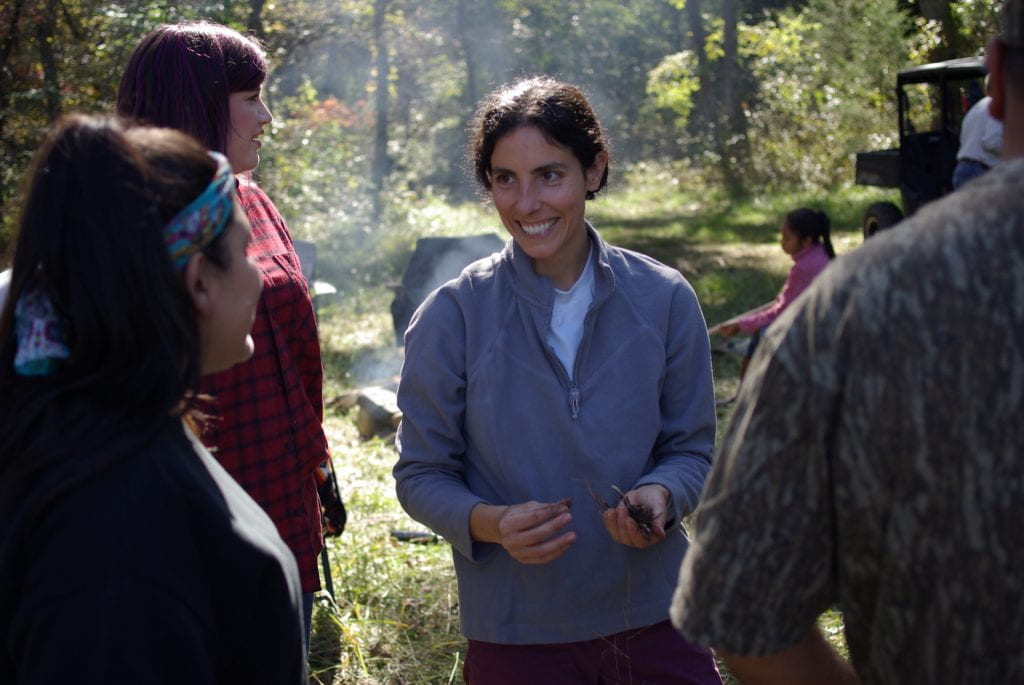
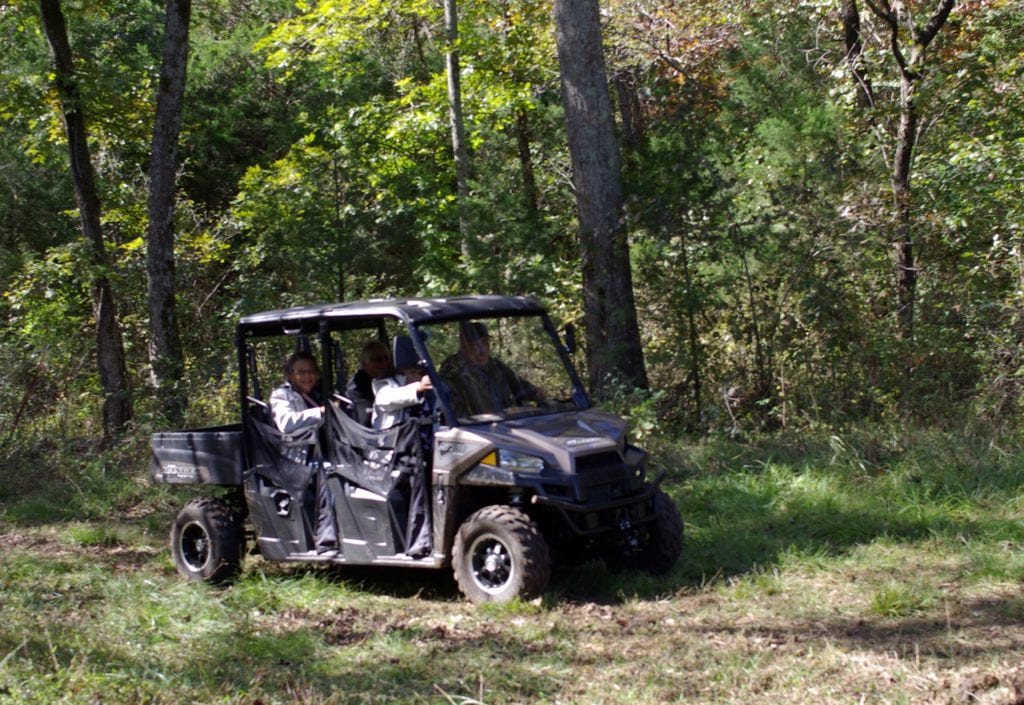
Medicine Keepers Bonnie Kirk, Phyllis Edwards, Sammy Still, and Gary Vann ride in the UTV to access our tract of land.
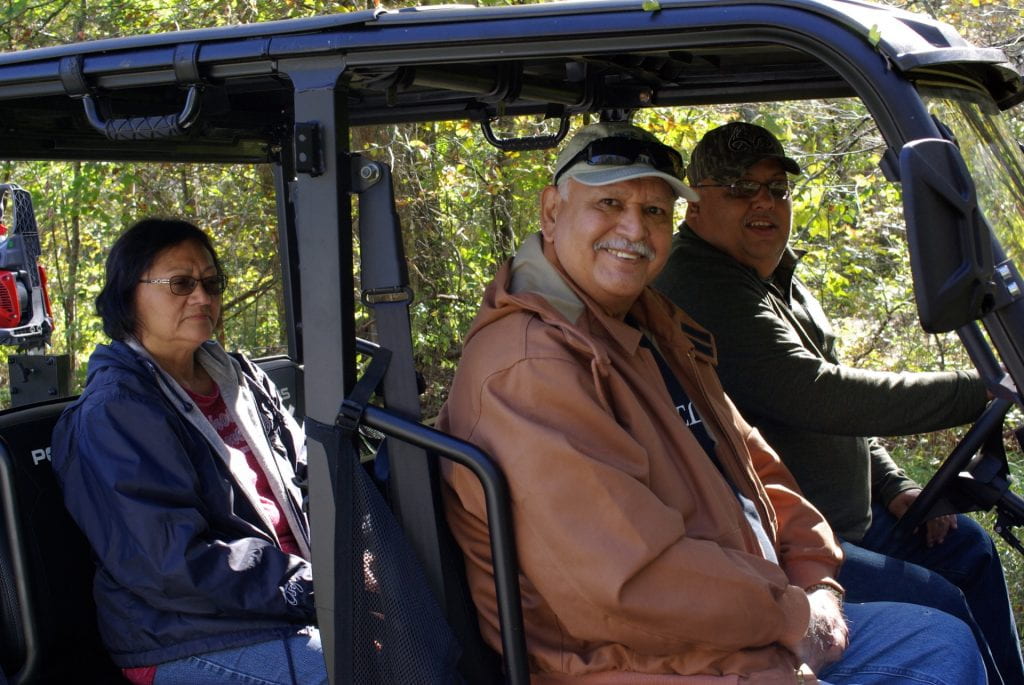
Medicine Keepers Nancy Scott, John Ross, and Gary Vann.
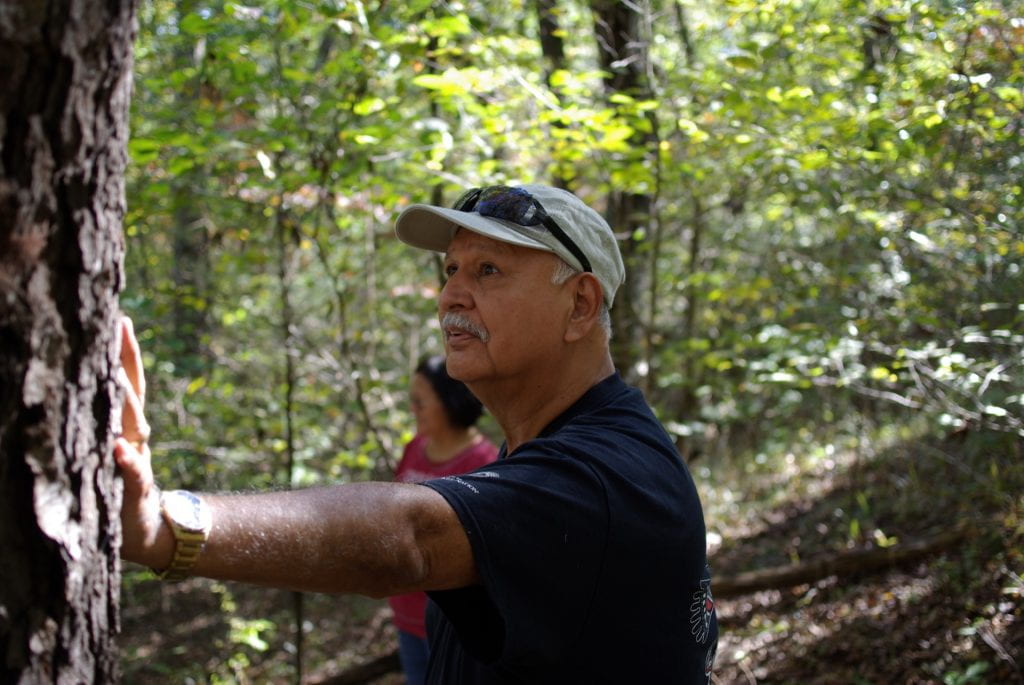
John Ross discusses the medicinal uses for ᎩᏔᏯ, wild cherry tree.

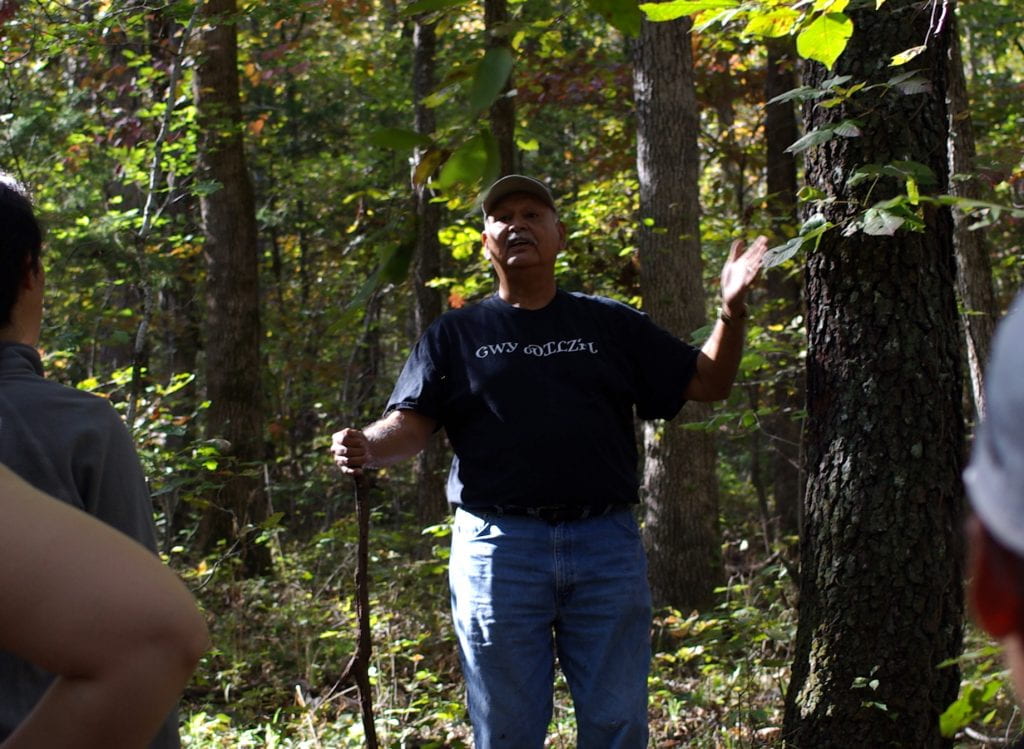
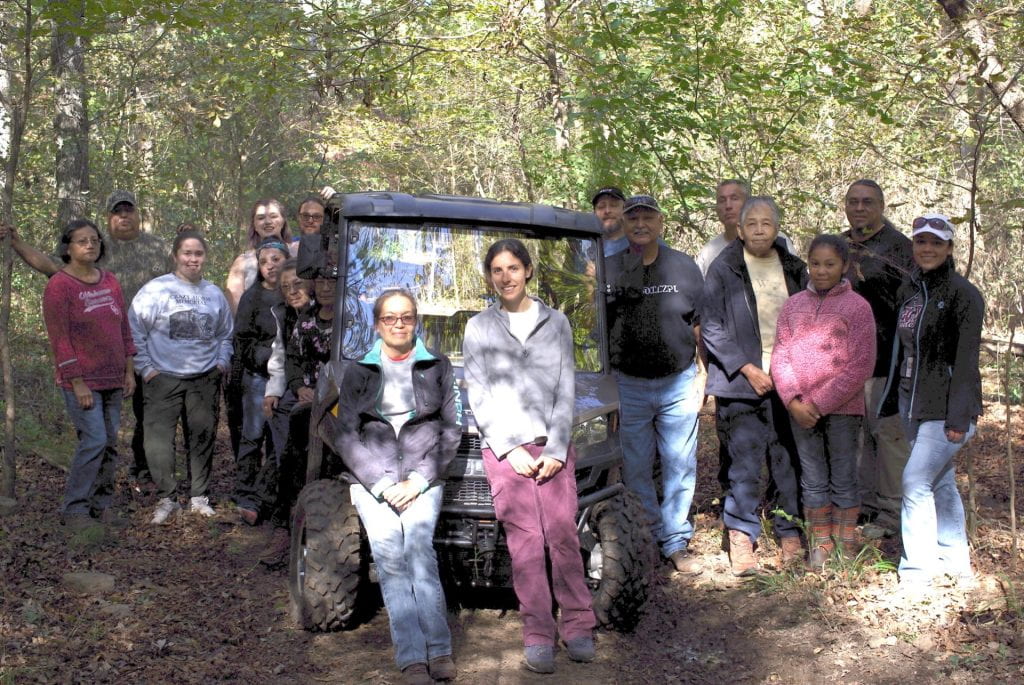
Group photo of Medicine Keepers, students, and staff on the trail at our site.
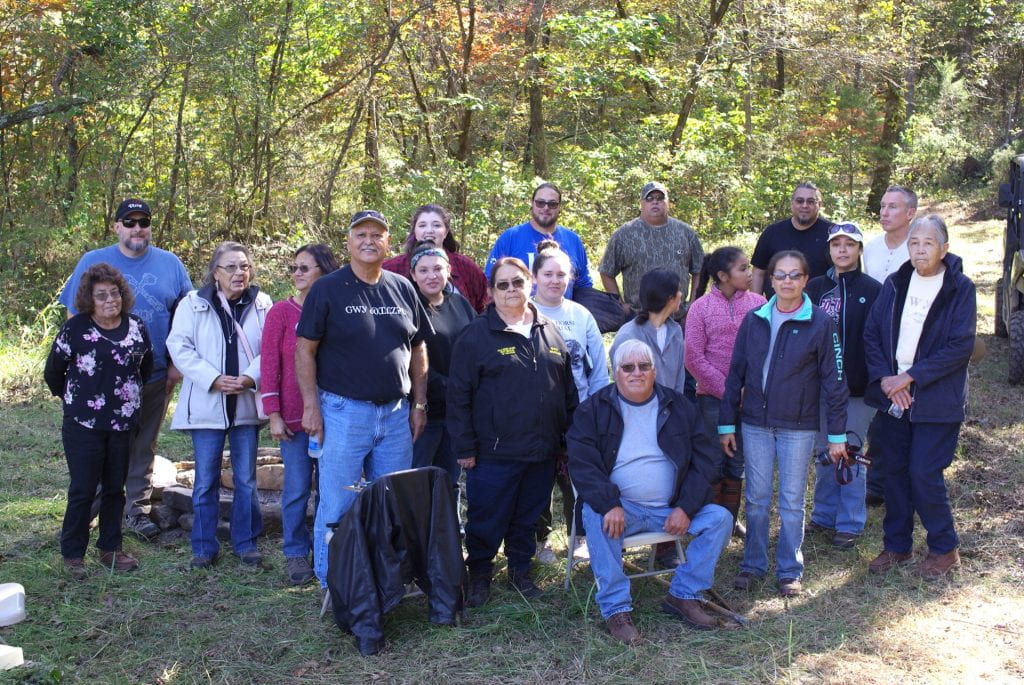
Group photo at the trailhead, closing out the day. Standing from left to right: Phyllis Edwards, Larry Carney, Bonnie Kirk, Nancy Scott, John Ross, Ashley Dreadfulwater, Savannah Anderson, Anna Sixkiller, Kakiley Workman, Ryan Mackey, Gary Vann, Summer Wilkie, Cherokee Davis, Nancy Rackliff, Kevin Daugherty, Feather Smith, Pat Gwin, Margaret Leuthje. Seated: Sammy Still.

ᏪᎩ and ᎠᏓᎨ prepare ᎠᎹᎨ hominy for the ᎦᎾᏥ ganatsi during our meeting in November.

Elder Margaret Leuthje instructs the students.
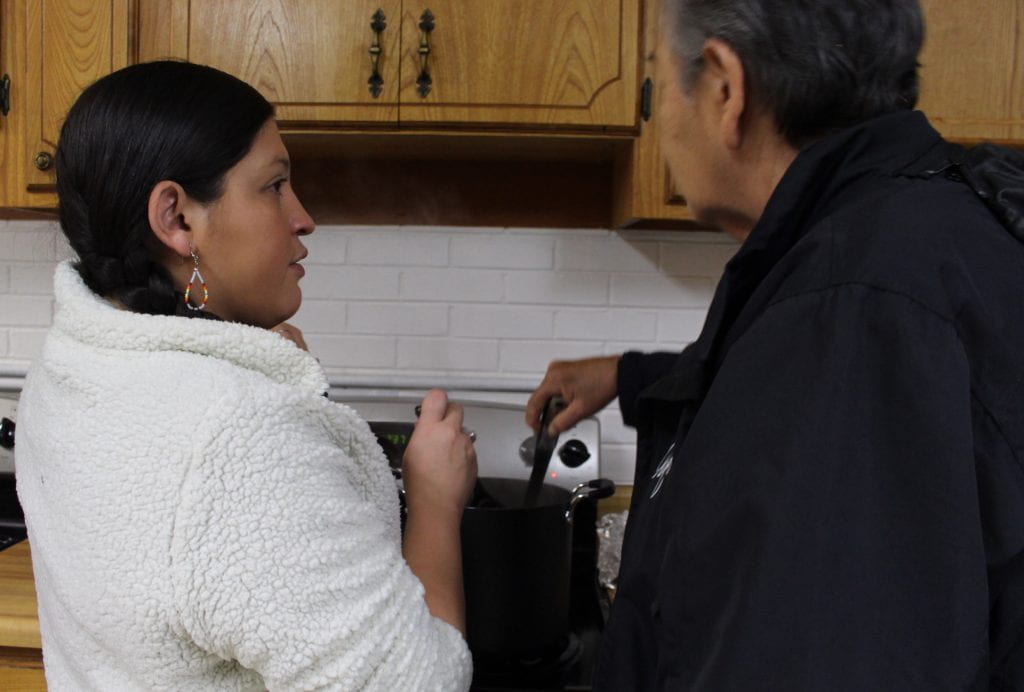
The ᎦᎾᏥ ᎠᏍᏆᏞᏍᏗ ganatsi ball is broken up and cooked in boiling water.
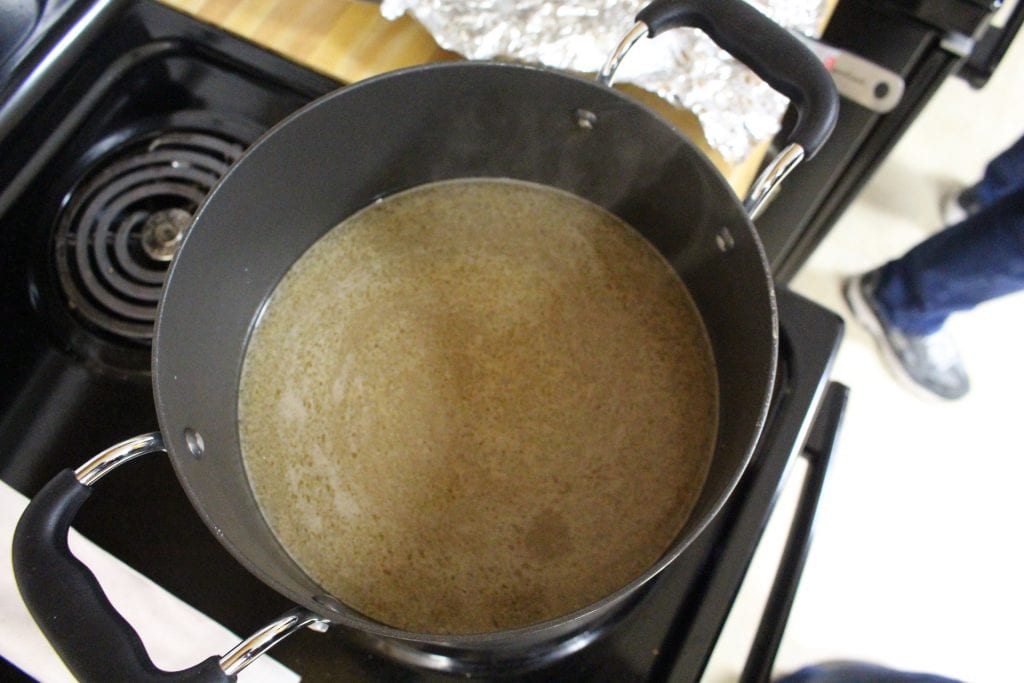
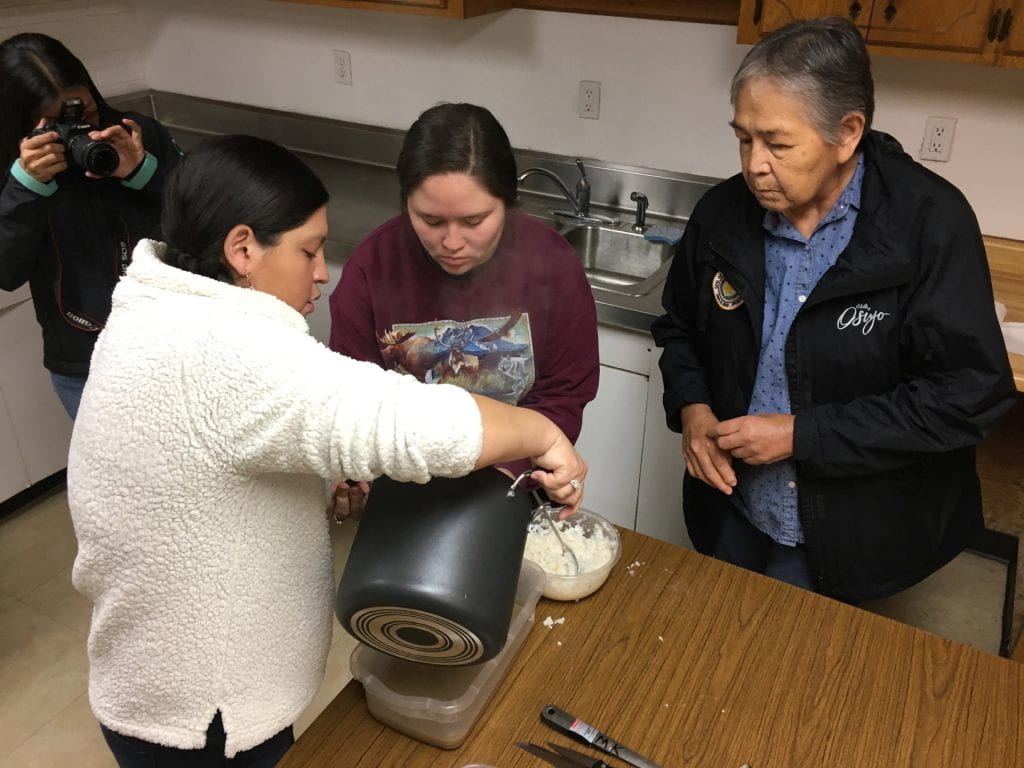
The students strain the ᎦᎾᏥ ganatsi through a sifter to remove the pieces of shell.

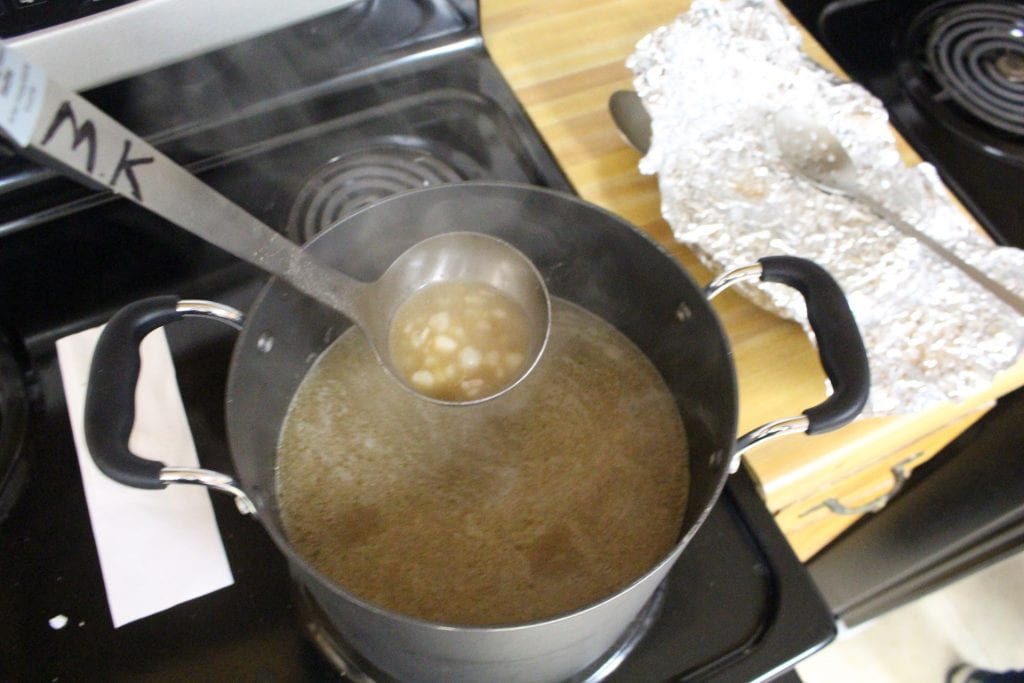
ᎠᎹᎨ hominy is added, and the ᎦᎾᏥ ganatsi is ready. You can then add sugar, salt, or eat the ᎦᎾᏥ ganatsi as-is.
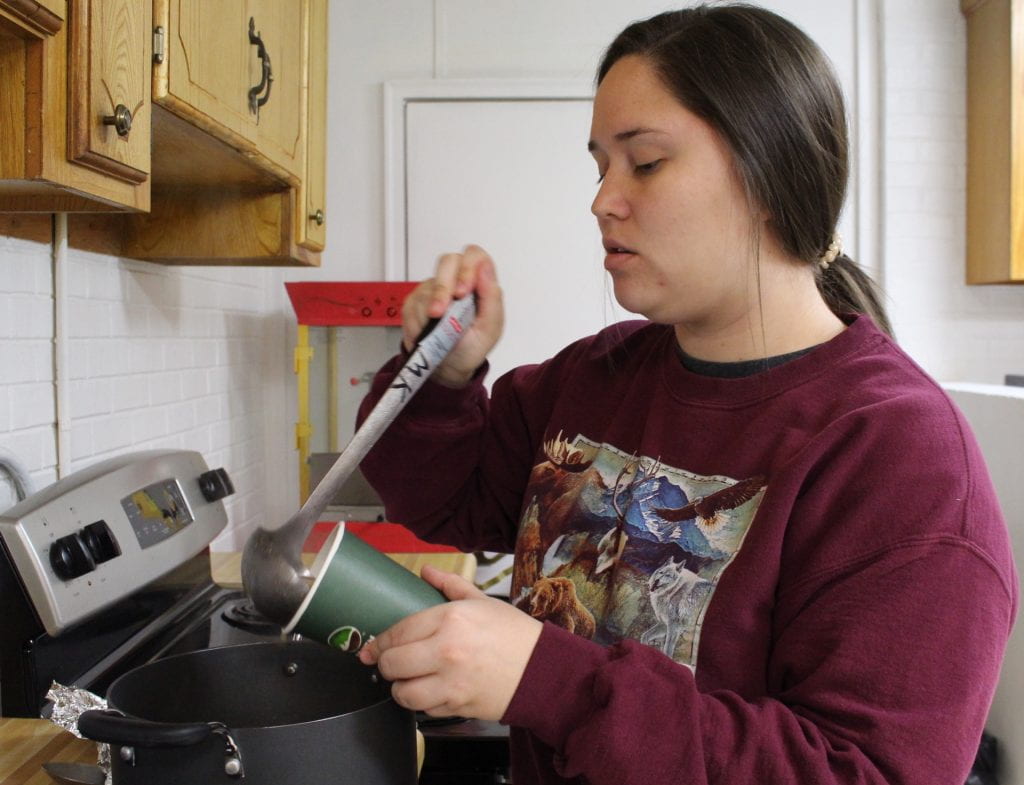
ᎠᏓᎨ serves the finished ᎦᎾᏥ ganatsi.

Ed Fields and Margaret Leuthje enjoy the ᎦᎾᏥ ganatsi. The Elders all gave it a “thumbs up.”
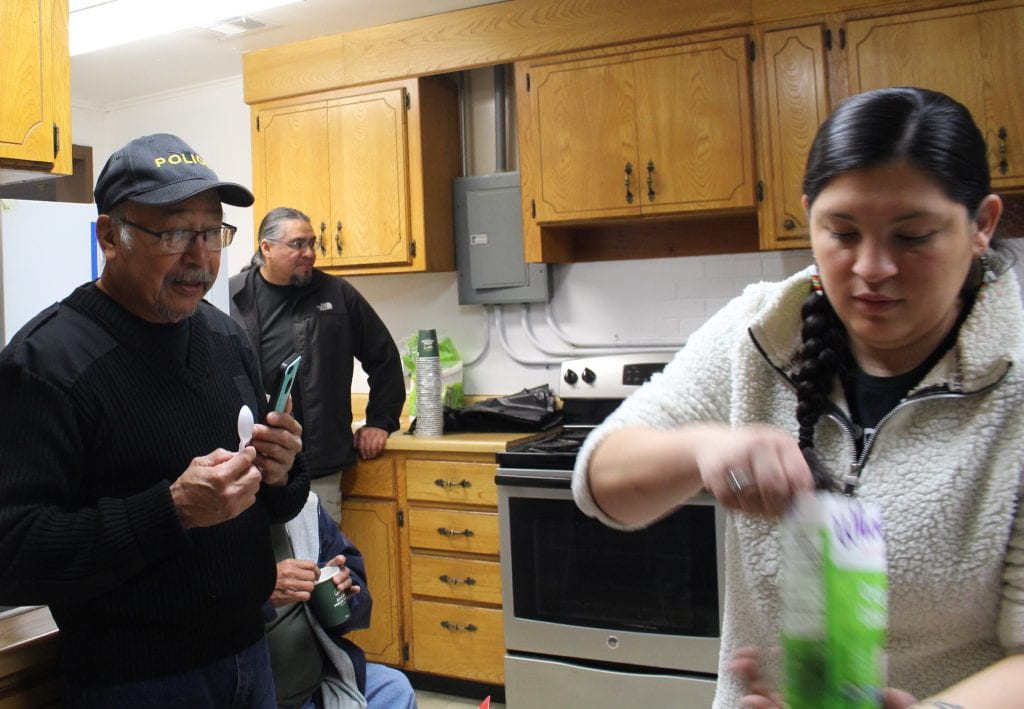
We were glad to have our friend from Kenwood, Alben Mouse (left), join us for our cooking activity that day. Also pictured in SNR staff, Kevin Daugherty (middle).

It’s not a Cherokee gathering without laughter.
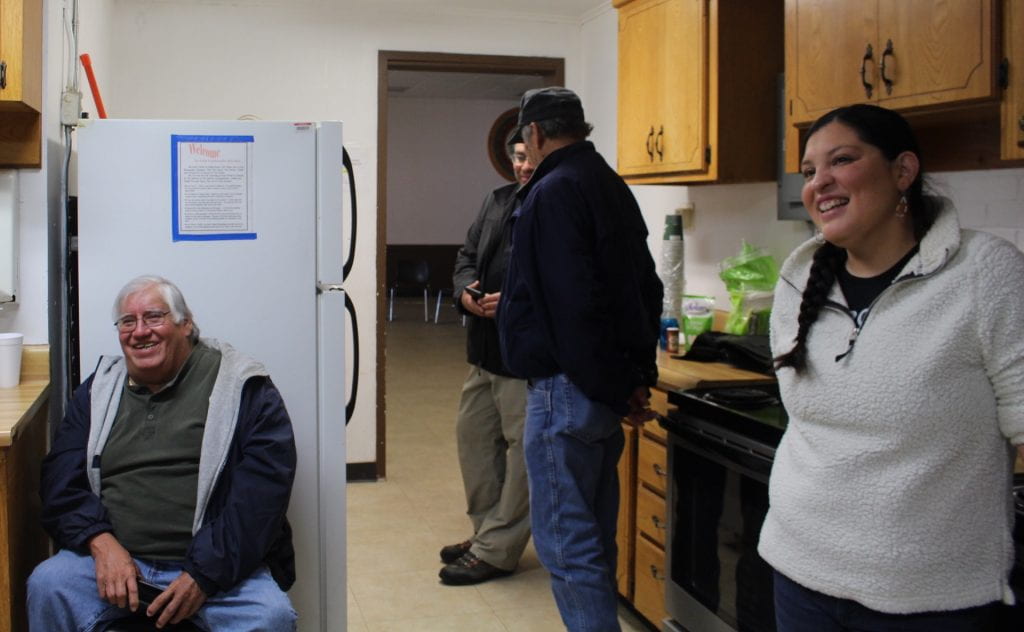
Pictured (L to R): Sammy Still, Kevin Daugherty, Ed Fields, Ashley Dreadfulwater.
